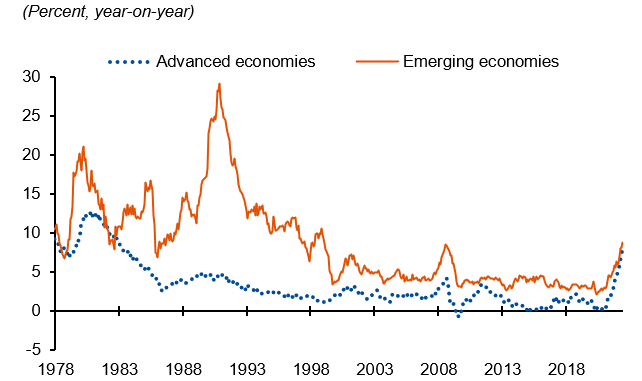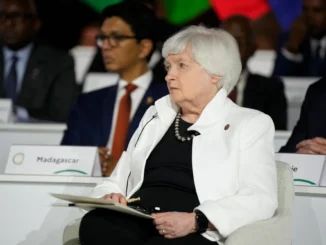
Markets
On Friday, strong US eco data (durable goods orders, spending and income data and, last but not least, PCE deflators) all supported the market repositioning that already dominated the price action earlier last week.
Markets now acknowledge that with inflation holding stubbornly high (Core PCE 4.7% Y/Y) and no imminent signs of a US recession, the Fed will most likely be forced to raise its policy rate by 25 bps in June or July (fully discounted). The US 2y yield closed above the 4.50% mark (4.56%). In a further curve inversion, the 10-y closed marginally lower at 3.80%, still near the highest level since the financial turmoil in March. US markets yesterday were closed for Memorial day.
However, during the weekend the White House and the US House Republicans reached a deal to lift/suspend the US debt limit till January 2025 in exchange for spending caps/cuts. The deal still has to obtain agreement from Congress and apparently there is still some lobbying to do, but both parties look convinced that they will find the necessary majority.
The US debt deal didn’t bring any euphoria in the European markets that were open yesterday. In low volume trading, German yields lost between 6.2 bps (2-y) and 10.6 bps (30-y). For now, we consider this as a correction on last week’s protracted uptrend. European equities failed to build on the strong (tech-driven) momentum from end last week (Eurostoxx 50 close -0.4%). The dollar maintained recent gains (DXY close yesterday at 104.20). The correction in European/German yields kept the euro in the defensive (EUR/USD close 1.071).
This morning, Asian markets show a mixed picture, with Chinese indices mostly trading in red, but South Korea outperforming. The US 2-y yield (4.57%) is holding near recent highs. Yields at longer maturities are losing a few bps. The dollar remains well bid (DXY 104.4 area). EUR/USD is losing the 1.07 handle (1.069). The eco calendar today contains house price data and consumer confidence (Conference Board). A modest decline in in the headline confidence index (99.00 from 101.3) is expected.
In Europe the EC confidence data will be released. Belgium and Spain will be the first EMU countries to release May inflation data. Later this week, we look out for the German/French and Italian CPI data tomorrow, with the first estimate of the EMU CPI to be released on Thursday. In the US, we keep an eye on the JOLTS job openings (Wednesday), the US manufacturing ISM and the ADP labour report on Thursday and the inevitable US payrolls report on Friday.
Markets, just as is the case for central bankers, are in a data-dependent modus. However, at least the technical graphs in US yields don’t suggest a turnaround on last week’s rise unless data would bring really nasty surprises.
The picture for German yields is a bit different, with both the 2-y and the 10-y yield near important resistance at 3.0% and 2.50/55% respectively. Here, this week’s EMU (core) inflation data evidently have an important role to play. On FX markets, EUR/USD remains in correction modus. Except for the 1.06 big figure first really important support only comes in at 1.0516/1.0484.
Loading………..
Source: www.fxstreet.com
ENB
Sandstone Group



